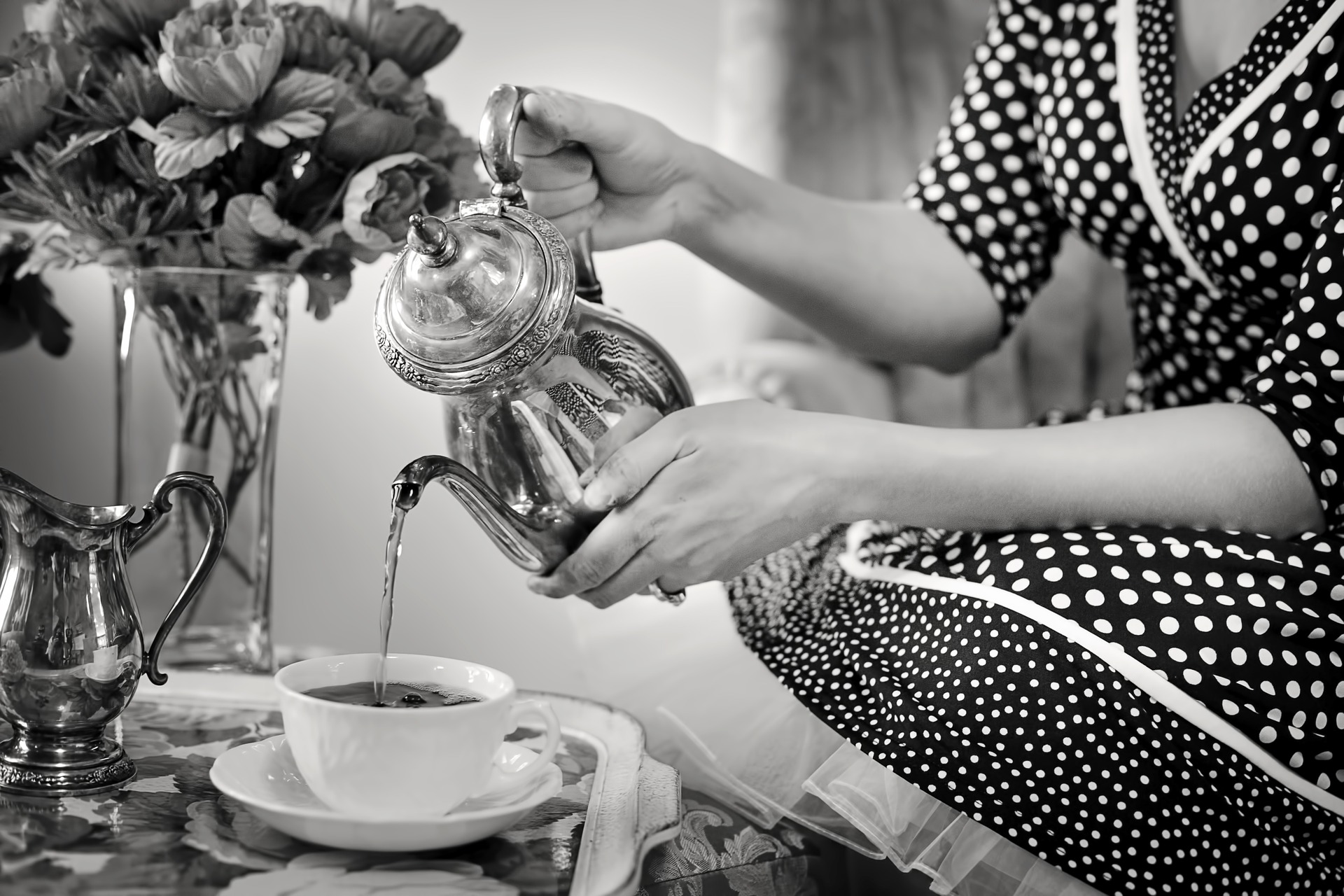Origin of Tea And Why You Should Start to Drink It Daily

How much do you really know about tea? Did you know that the leaf of lat. Camellia Sinensis – tea plant is used to produce all tea? Yes, that’s absolutely true.
But why is tea such a healthy drink anyway? The answer is because of antioxidants! Antioxidants may reduce the risk of many diseases including heart disease and certain cancers.
In terms of popularity and price, tea is the second most affordable beverage after water. People of all ages and different socio-economic levels drink tea. The worldwide consumption of tea exceeds three billion cups every day.
There is no doubt that tea is one of the earliest drinks ever invented.
When was the tea discovered?
Tea is a beverage that has been consumed for centuries.
Drinking tea is often thought to be a uniquely British experience. Well, it is a very popular drink in Britain indeed but historically, tea has a much longer history. Based on the legend, one day in 2737 BC, the Chinese emperor sat beneath a tree while his servant boiled water for his consumption. Several leaves from a tree blew into the water and the resulting drink became known as tea.
Actually while drinking tea you’re drinking the water with all the good stuff steeped into it. Simple as that. Well, the entire process requires more effort than it seems.
How is tea made?
We know and love the infusions that come from leaves, but what are the steps involved?
- Growing
The final flavor of tea can be greatly influenced by the growing conditions and harvesting methods. The growing environment has a huge impact on tea’s leaf flavor. Another way of creating variation is by harvesting the leaves. Unlike premium tea leaves, which are hand-picked to preserve their sweetness, mass-produced tea leaves are harvested by machine.
- Withering
In this step, you have to lay out the leaves on fabric or bamboo mats, and let them wilt. As a result of the withering process, the leaves lose up to half of their water content. In the absence of withering, upcoming heating steps would create something similar to cooked vegetables rather than dried tea leaves.
- Bruising
This process includes rolling, twisting, or crushing leaves. Bruising the leaves properly results in a consistent batch of tea.
- Oxidizing
In order to produce oolong and black teas, the leaves are left to oxidize or turn brown. For example, the leaf of a black tea must be fully oxidized, and without any remaining green color.
- Fixing
Heating the tea leaf stops oxidation. Black tea is the exception to this step because in this step we want to keep as much green in the leaf as possible.
- Drying
To create shelf-stable tea leaves, all tea must be dried. The way that tea is heated can also have a dramatic effect on its flavor. It all depends on what kind of tea we want to produce.

These steps can be adapted to create any type of tea from a single leaf. Different types of tea have different processing methods that determine their classification.
Due to its high oxidation levels, black tea contains more caffeine than green tea.
Is theine stronger than caffeine?
In fact, theine and caffeine are the same molecules. When it comes to choosing a stimulant for alertness and inspiration your choice is tea. Does tea really stimulate or sharpen your mind?
Even though theine and caffeine both stimulate your nervous system, tannic acids in tea slow down the effect of theine. So, theine is released into the blood continuously for 6 hours.
In contrast, caffeine spreads quickly into the blood, producing a short-term increase in activity that then rapidly disappears after a few hours. Shortly, a cup of coffee stimulates, a cup of tea sharpens.
Caffeine is released before tannins when the tea has been infused. So, making tea in less than two minutes will help you wake up in the morning! 🙂
Note that you shouldn’t exceed 400 milligrams of caffeine daily.
How much caffeine is in black and green tea?
Green tea contains about 25 to 45 milligrams of caffeine compared to 15 to 70 milligrams in black tea. As a result of harvesting and processing methods, there are variations in caffeine levels in tea.
Do herbal teas contain caffeine?
Caffeine cannot be found in herbal teas that are not made from the Camellia Sinensis plant (or tea plant). Rooibos, ginger, peppermint, and camomile teas are a few examples of these. Actually, they are infusions, not tea.
If you steep the tea for a long time (not boil it, and remember tea water is never boiling when you start steeping) you will extract more nutrients from the leaves.
Why is tea good for you?
Whether it’s winter or summer, tea can be enjoyed all year long. A person may be less likely to die of a stroke by drinking tea since it lowers blood pressure. Moreover, tea is a healthy way to make sure your body gets enough fluid each day.
Non-herbal teas are made with the leaves of the Camellia sinensis plant. So, there is a difference when it comes to the type of tea you are drinking. Some herbal teas have medicinal properties, such as soothing the digestive system.
Tea contains a very high level of antioxidants called flavonoids.” These antioxidants protect cells from free radicals, which can cause blood clots, atherosclerosis, and cancer. Researchers found that black and green tea prevented DNA damage caused by tobacco and other toxic chemicals.

